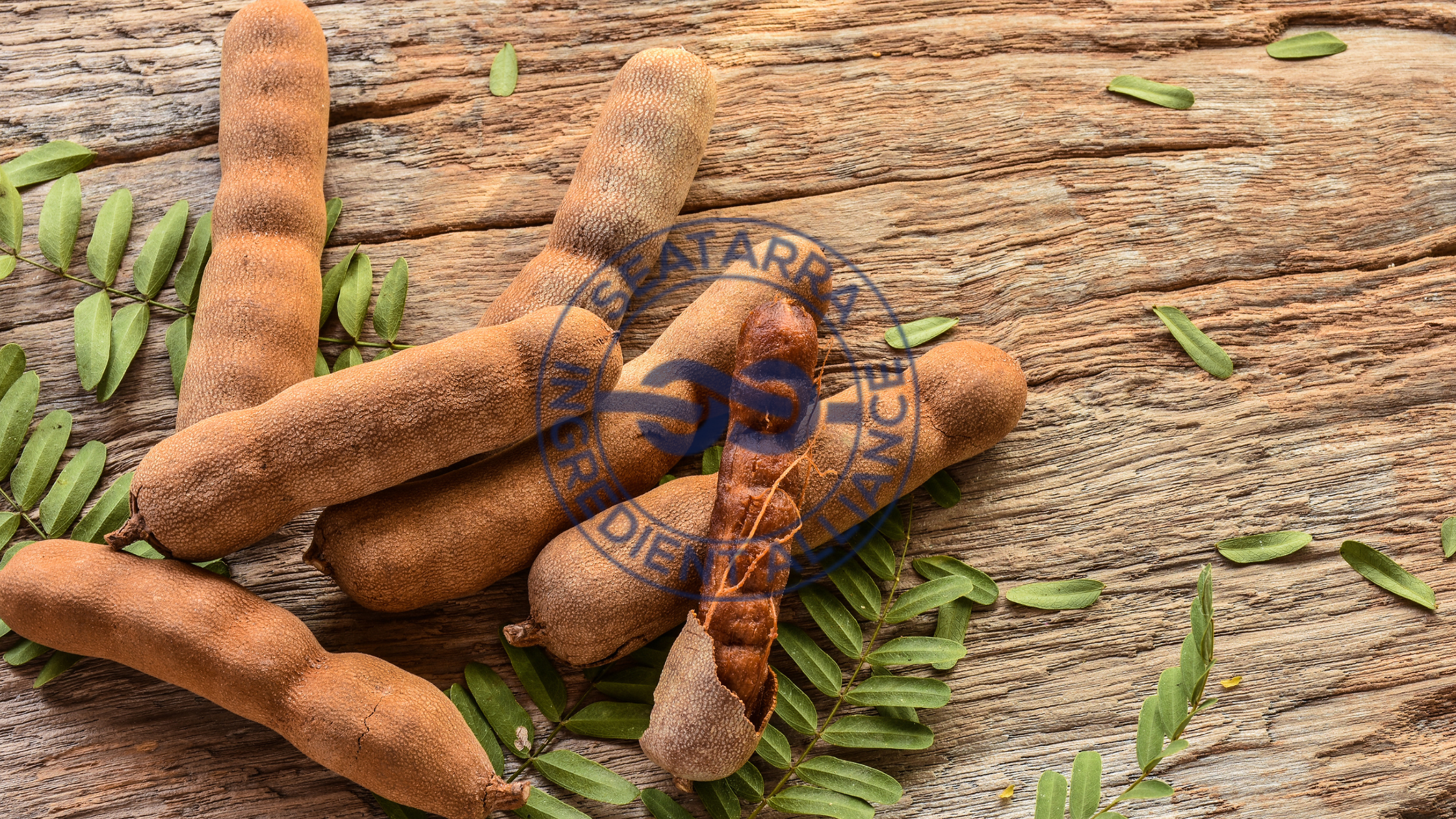
Tamarind Solid Extract: The Sweet and Sour Symphony of Health
Tamarind’s Enchanting Historical Roots
The history of tamarind is as rich as its flavor. From ancient scripts in Mesopotamia to Egyptian hieroglyphs, its mention is widespread. But the true romance of tamarind began in Africa. Long before global trade routes were established, tamarind had found its way into the Indian subcontinent. Here, it wasn’t just another fruit but a cultural icon. Grand Indian epics like the Ramayana mention it, and by 2000 BCE, its significance in religious rituals, folklore, and Ayurveda was indisputable.
Fast forward a few centuries, and enter the Arab traders, who made tamarind a staple in Middle Eastern cuisine. Tamarind then ventured to the Americas, possibly with the Spanish explorers in the 16th century. Its global journey is a testament to mankind’s love for flavors that touch the soul.
From Pulp to Potent Concentrate
Understanding the metamorphosis of tamarind from a pulpy fruit to a potent extract is akin to peeling the layers of a rich historical novel. Traditionally, indigenous tribes sun-dried the tamarind pulp to increase its shelf life. Modern extraction processes, however, are more intricate. Tamarind goes through a prolonged simmering process. The extraction phase emphasizes capturing all essential nutrients and flavors. Once achieved, it’s cooled and stored in glass containers to preserve its essence. This concentrated form isn’t just a culinary delight but a treasure trove of health benefits.
The Culinary Artistry of Tamarind
The gastronomic world bows to the versatility of tamarind. From rustic village recipes to gourmet dishes in global restaurants:
- Sauces and Dips: The signature tangy flavor of tamarind can’t be replicated. Whether it’s the ‘Sambar’ in Southern India or the ‘Sinigang’ soup in the Philippines, tamarind is irreplaceable.
- Marinades and Glazes: Meats marinated in tamarind extract adopt a depth of flavor that’s unparalleled. Its acidity breaks down the meat fibers, ensuring it’s tender and flavorful.
- Confectioneries: Sweet tamarind balls in Jamaica, tamarind toffees in India, or ‘Peladillas’ in Spain, tamarind’s imprint in confectionery is global.
Therapeutic Dimensions of Tamarind Extract
Tamarind, in various cultures, transcends its culinary identity:
- Heart Health: Studies suggest that tamarind extract can lower bad cholesterol levels, providing cardiovascular benefits.
- Weight Management: Some evidence indicates that tamarind extract can curb appetite and prevent fat storage, making it an ally in weight management.
- Anti-inflammatory Properties: Its anti-inflammatory properties can alleviate symptoms in conditions like arthritis.
Ethical Sourcing and Sustainability
The surge in tamarind’s popularity comes with its challenges:
- Battling Deforestation: With rising demand, there’s a pressing need to combat deforestation and ensure that tamarind cultivation doesn’t disrupt local ecosystems.
- Fair Trade Practices: The economic disparity between growers and sellers is alarming. Fair trade certifications and practices can ensure that local farmers are adequately compensated.
- Organic Farming: Encouraging organic tamarind farming not only ensures better quality extracts but also protects the environment from synthetic chemicals.
The Modern-Day Revival
Today, tamarind extract isn’t limited to kitchen shelves. Its omnipresence is hard to ignore:
- Natural Cosmetics: Many beauty brands now highlight tamarind extract as their star ingredient. It’s especially touted for its anti-aging and skin-smoothing properties.
- Pharmaceuticals: Given its numerous health benefits, pharmaceutical companies are researching its potential in treating various ailments.
- Artisanal Brews: Craft breweries and distilleries are now experimenting with tamarind extract to introduce new flavor profiles in beers and spirits.
Tamarind’s Cultural Imprint
Tamarind’s cultural significance cannot be overlooked:
- Festivals and Rituals: In many cultures, tamarind plays a pivotal role in religious festivals and wedding rituals.
- Folklore and Myths: Numerous tales revolve around tamarind trees. In some cultures, it’s believed that spirits reside in tamarind trees, leading to many fascinating legends.
Conclusion
Tamarind solid extract, with its myriad benefits and uses, epitomizes nature’s grandeur. Its journey from wild African forests to becoming a global sensation is remarkable. As we embrace tamarind in its concentrated form, we don’t just savor its flavor but also partake in a heritage that’s been years in the making.



